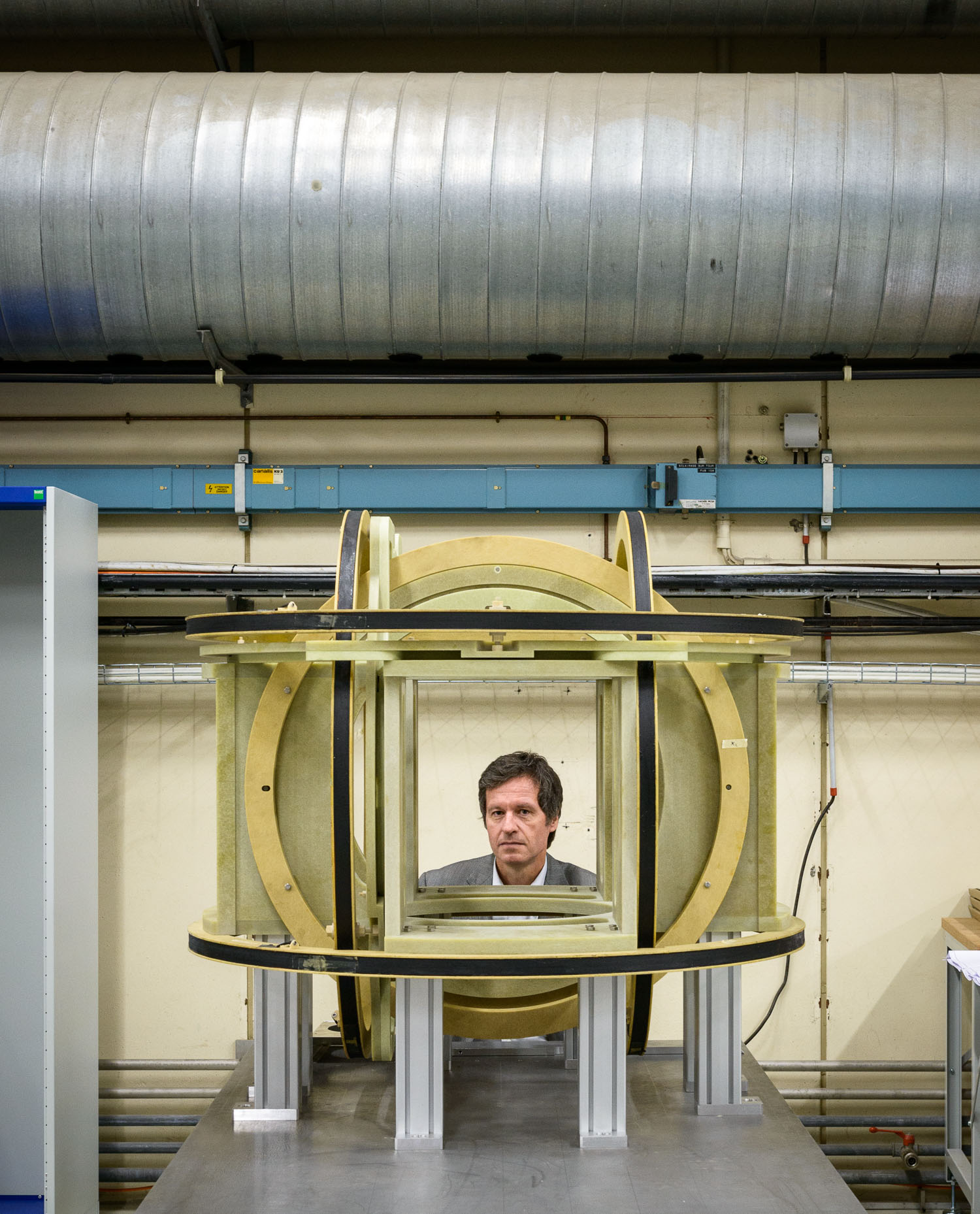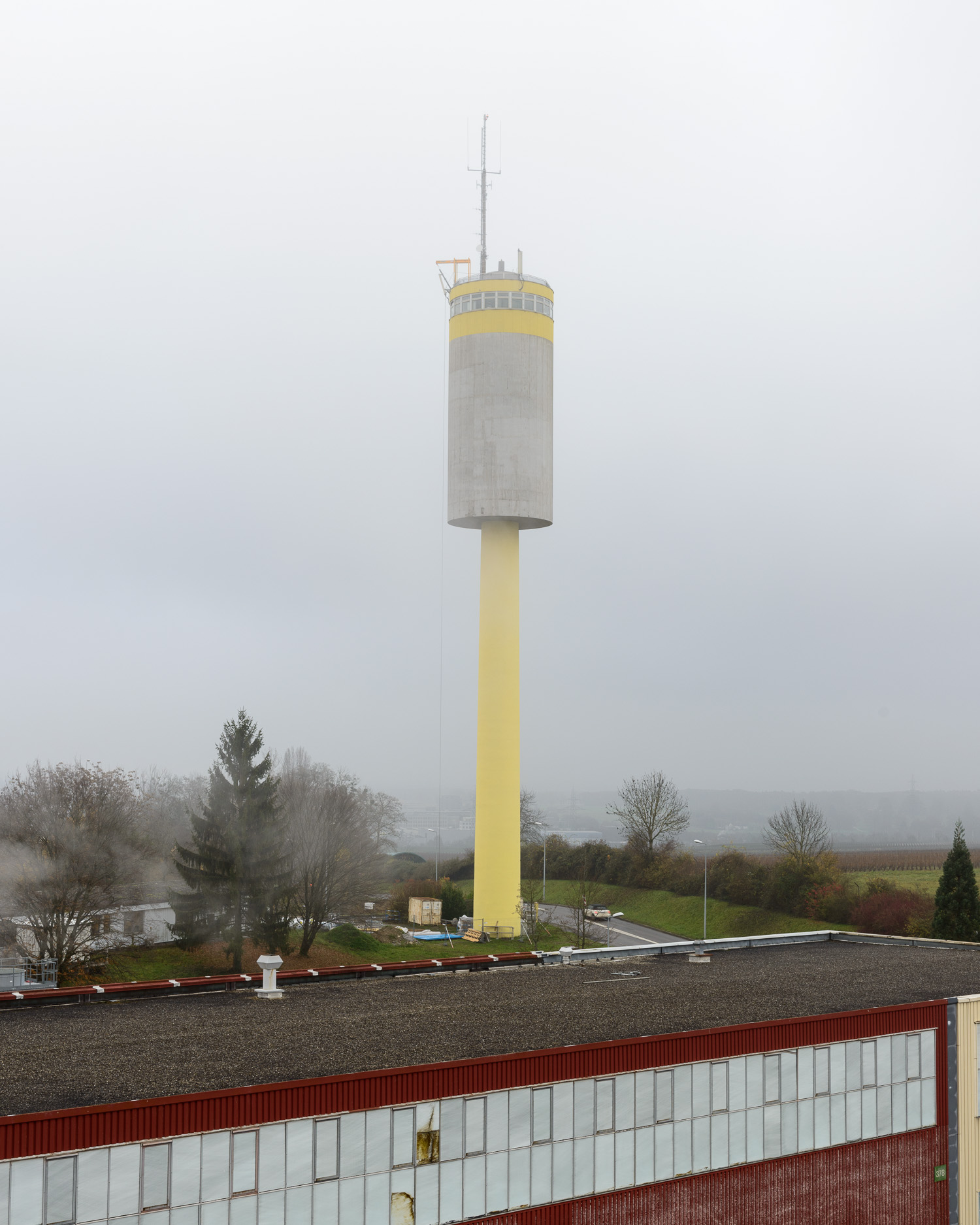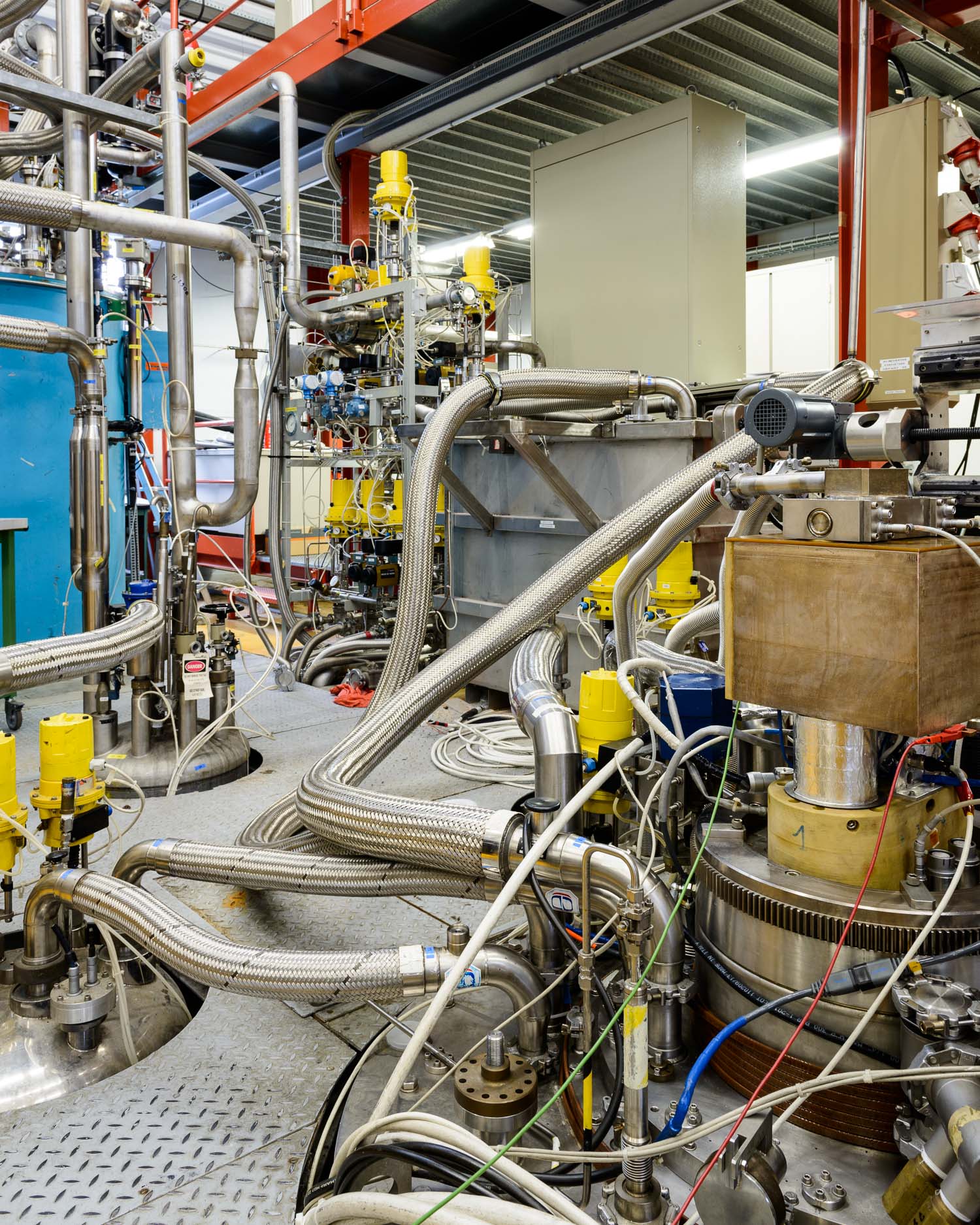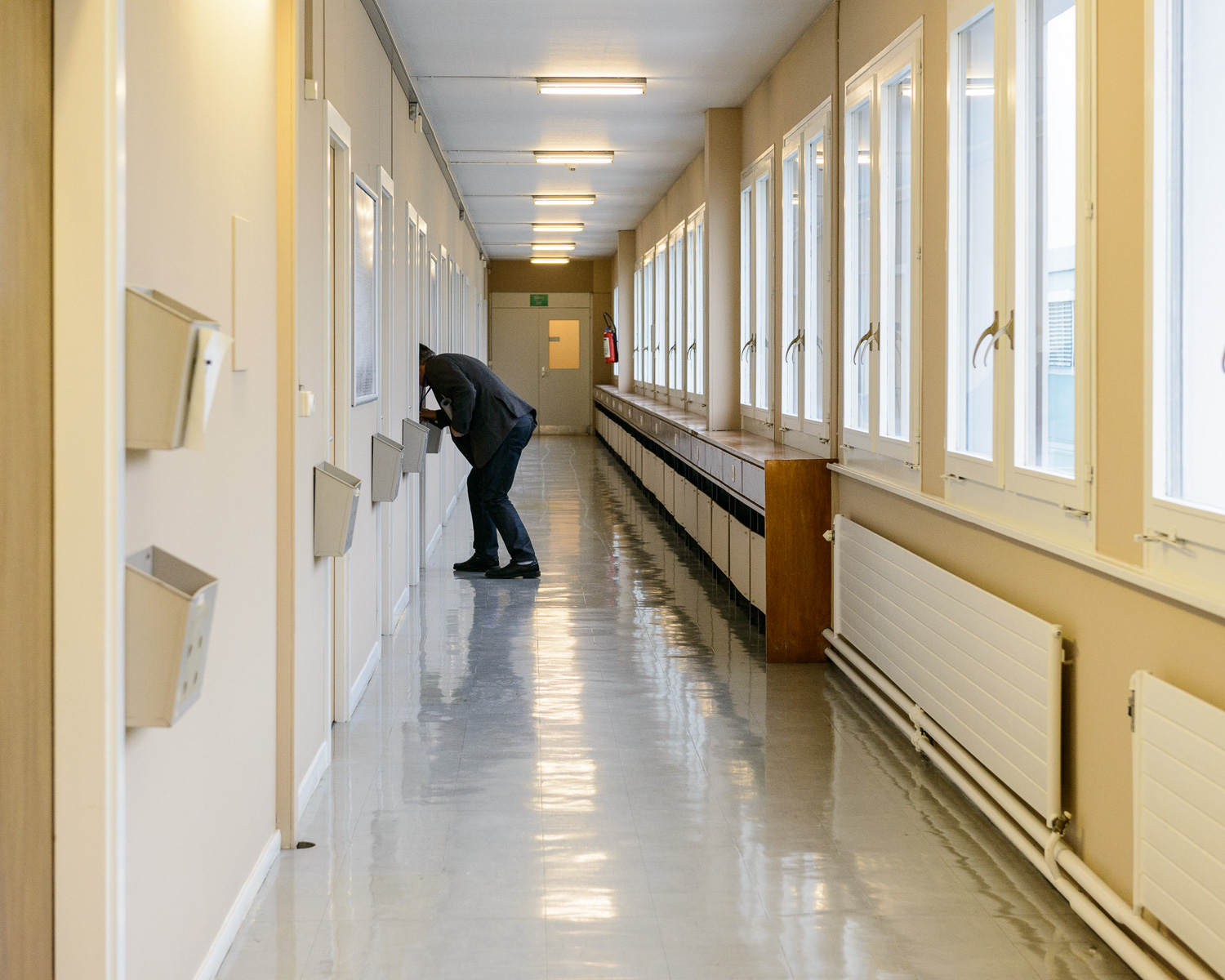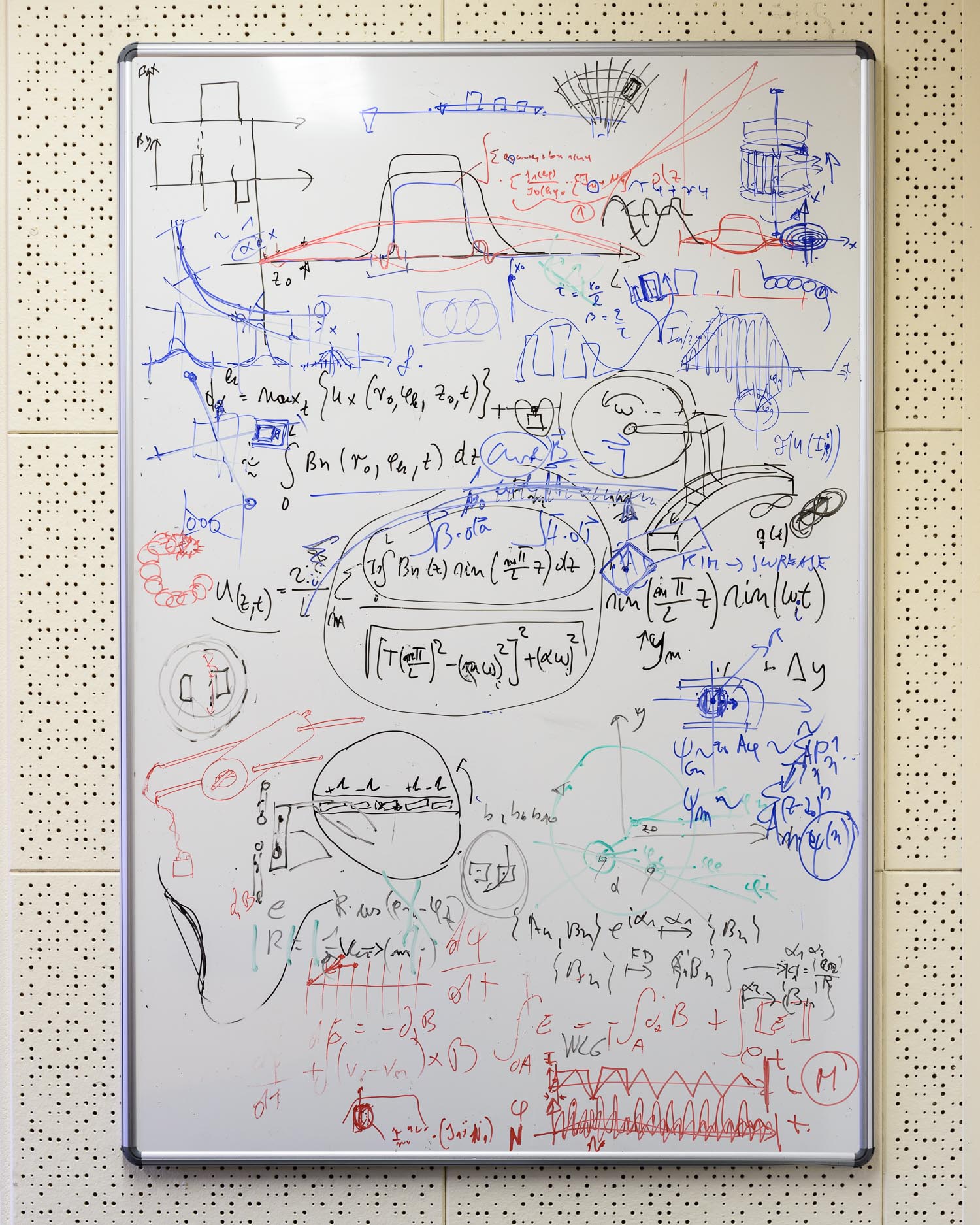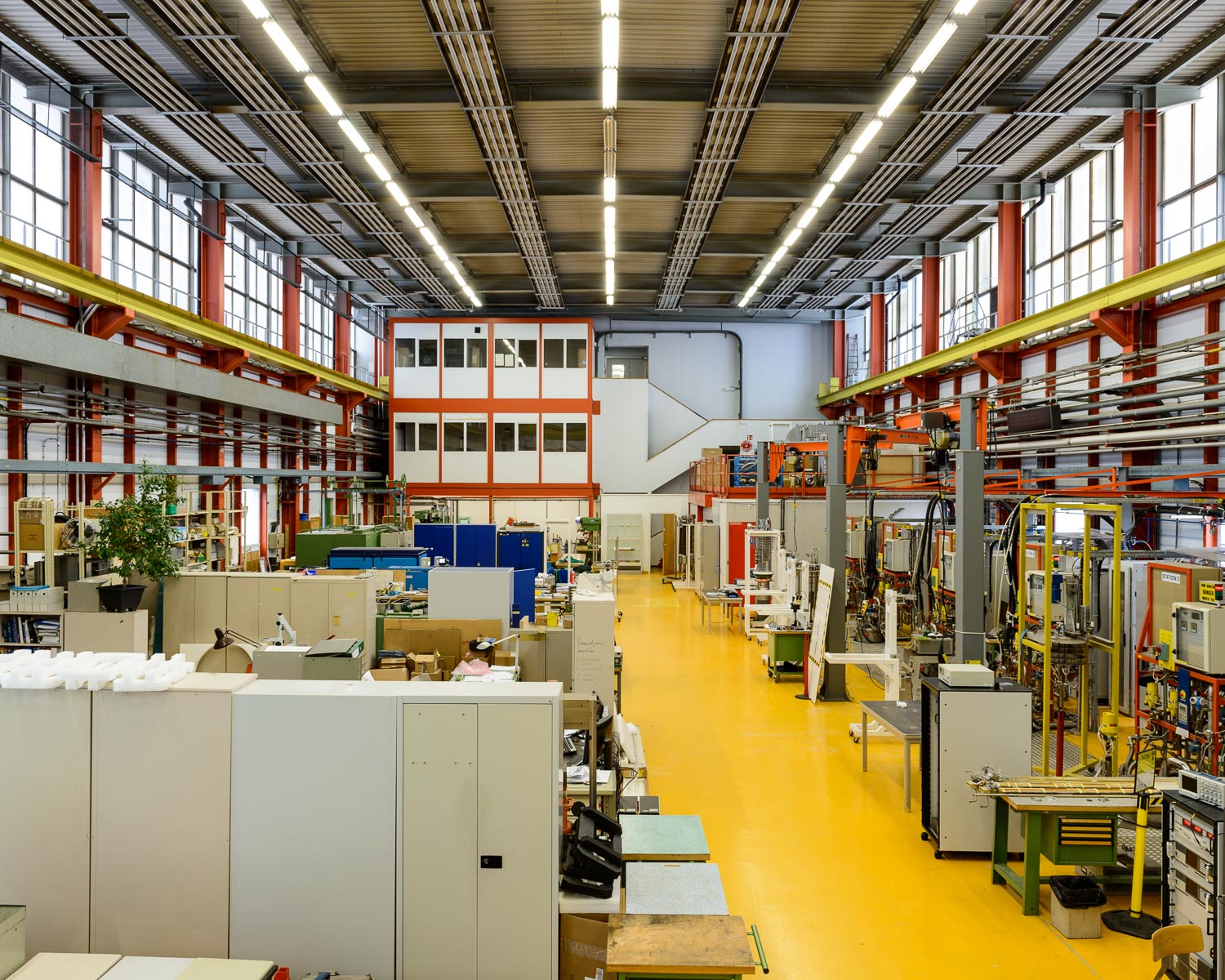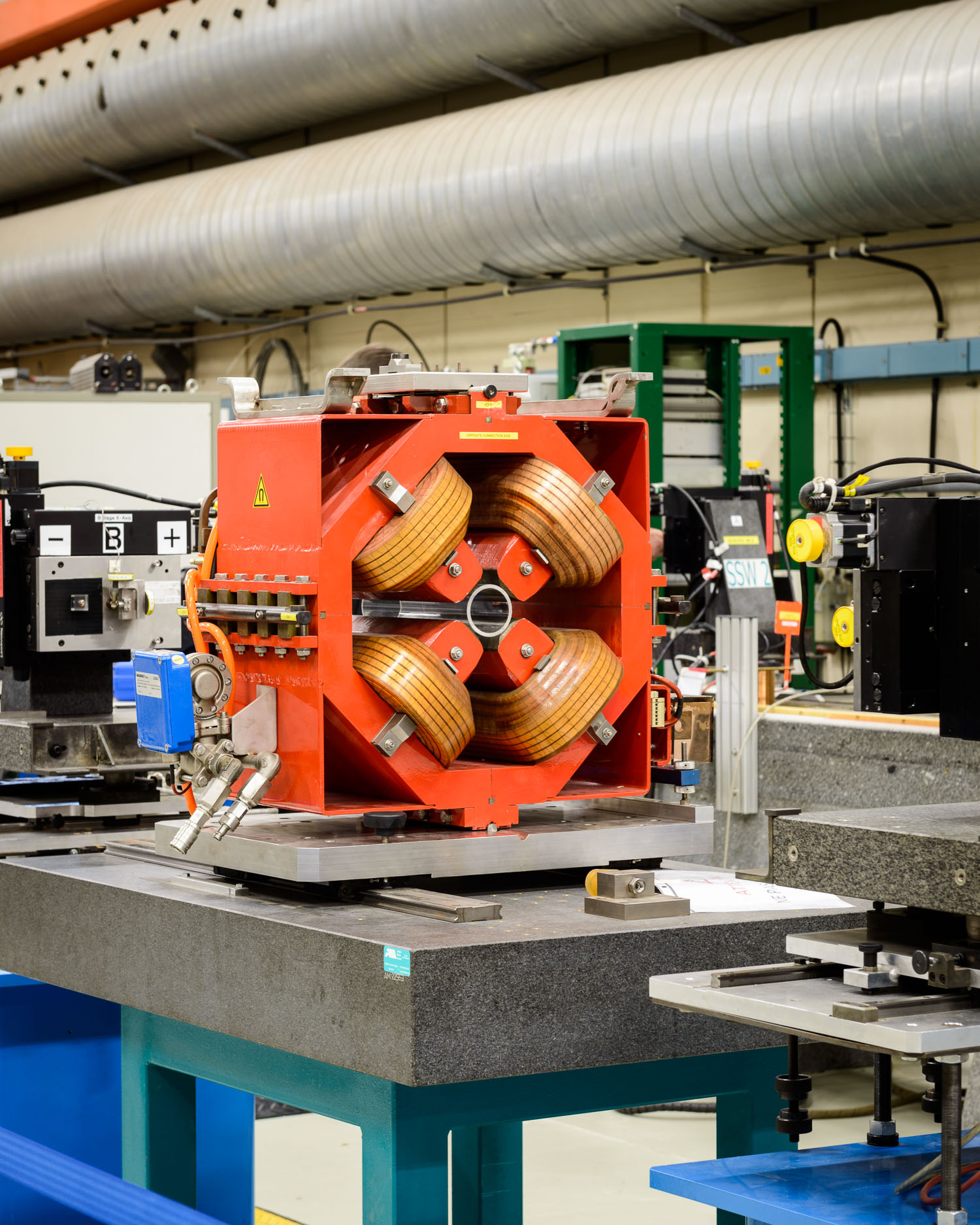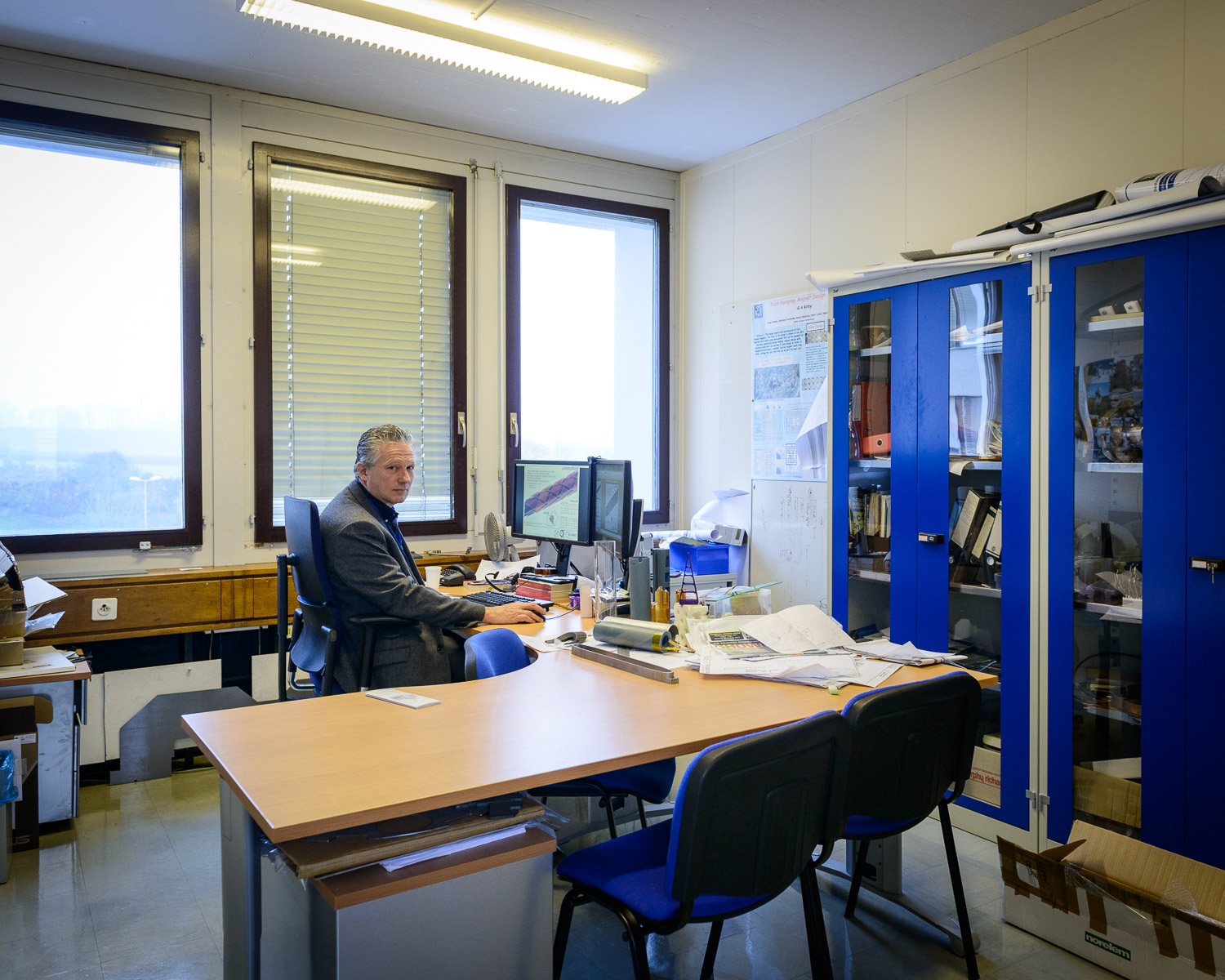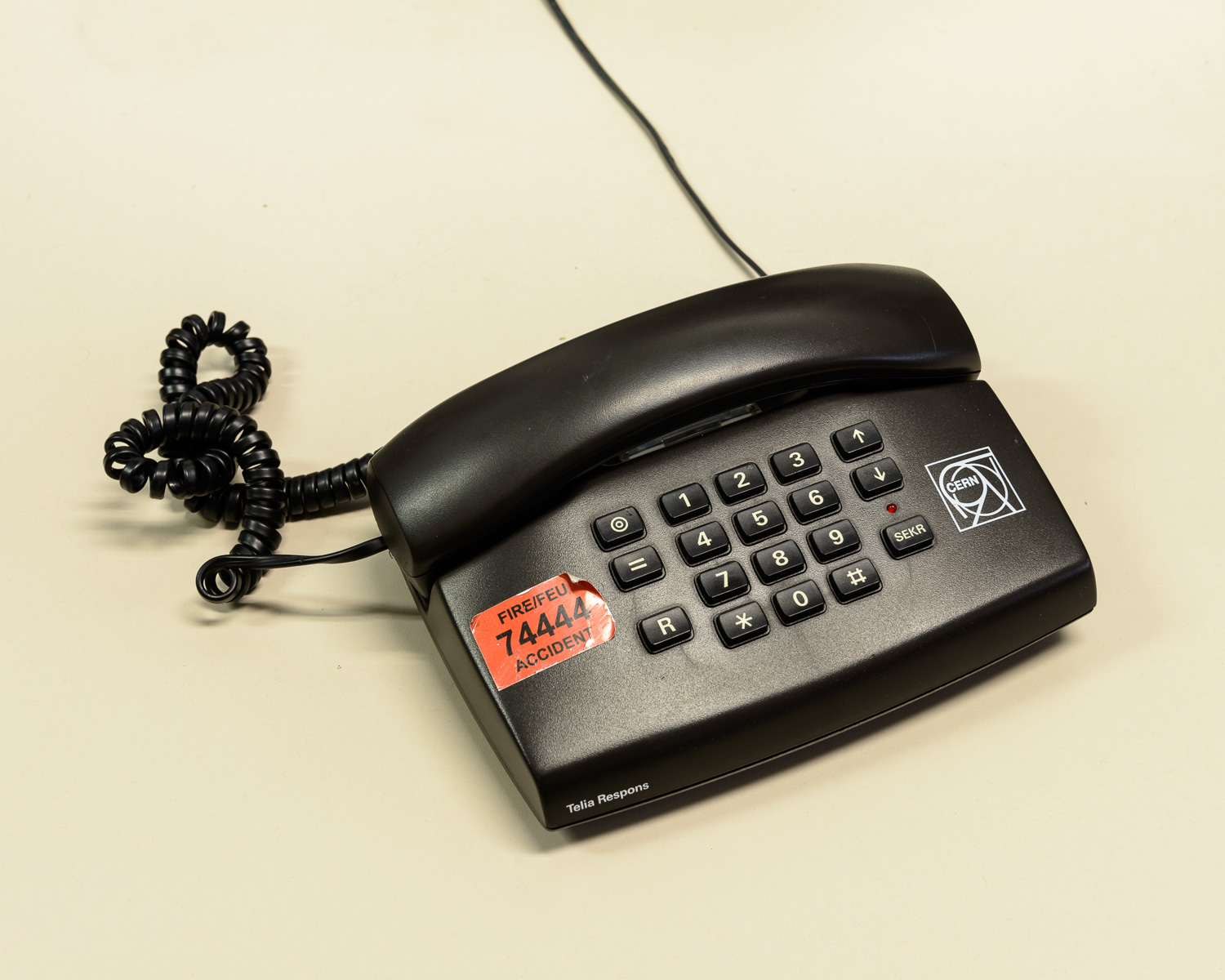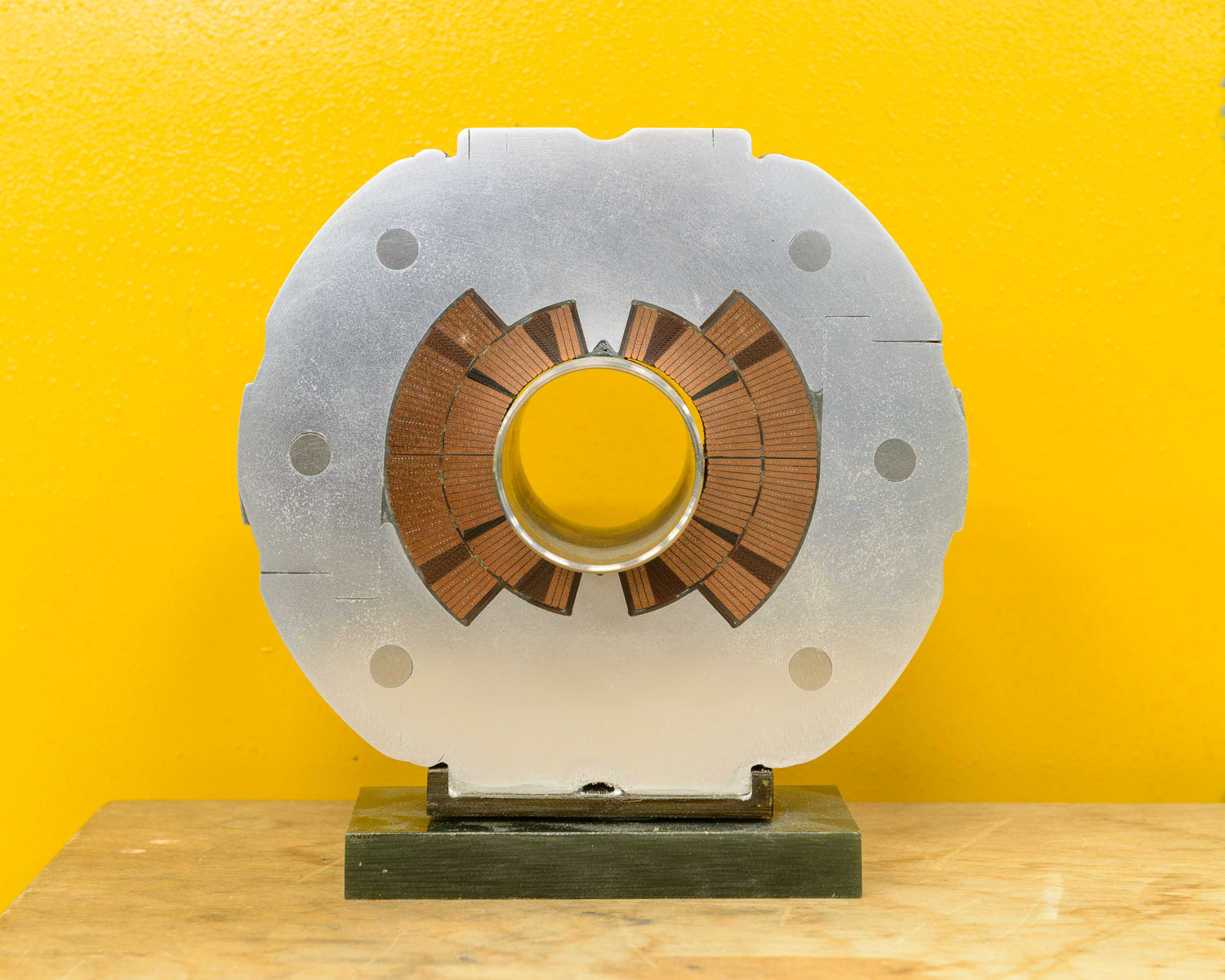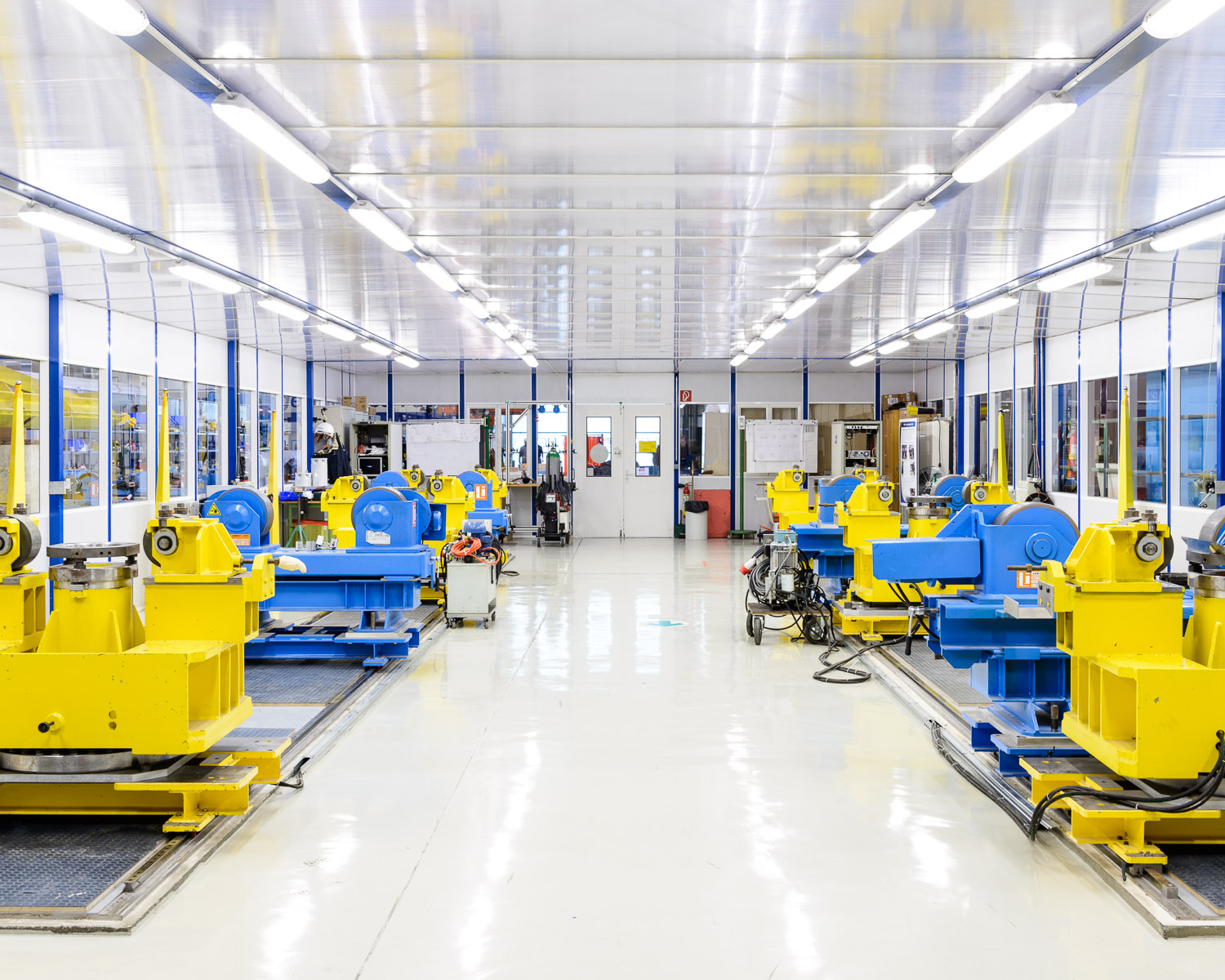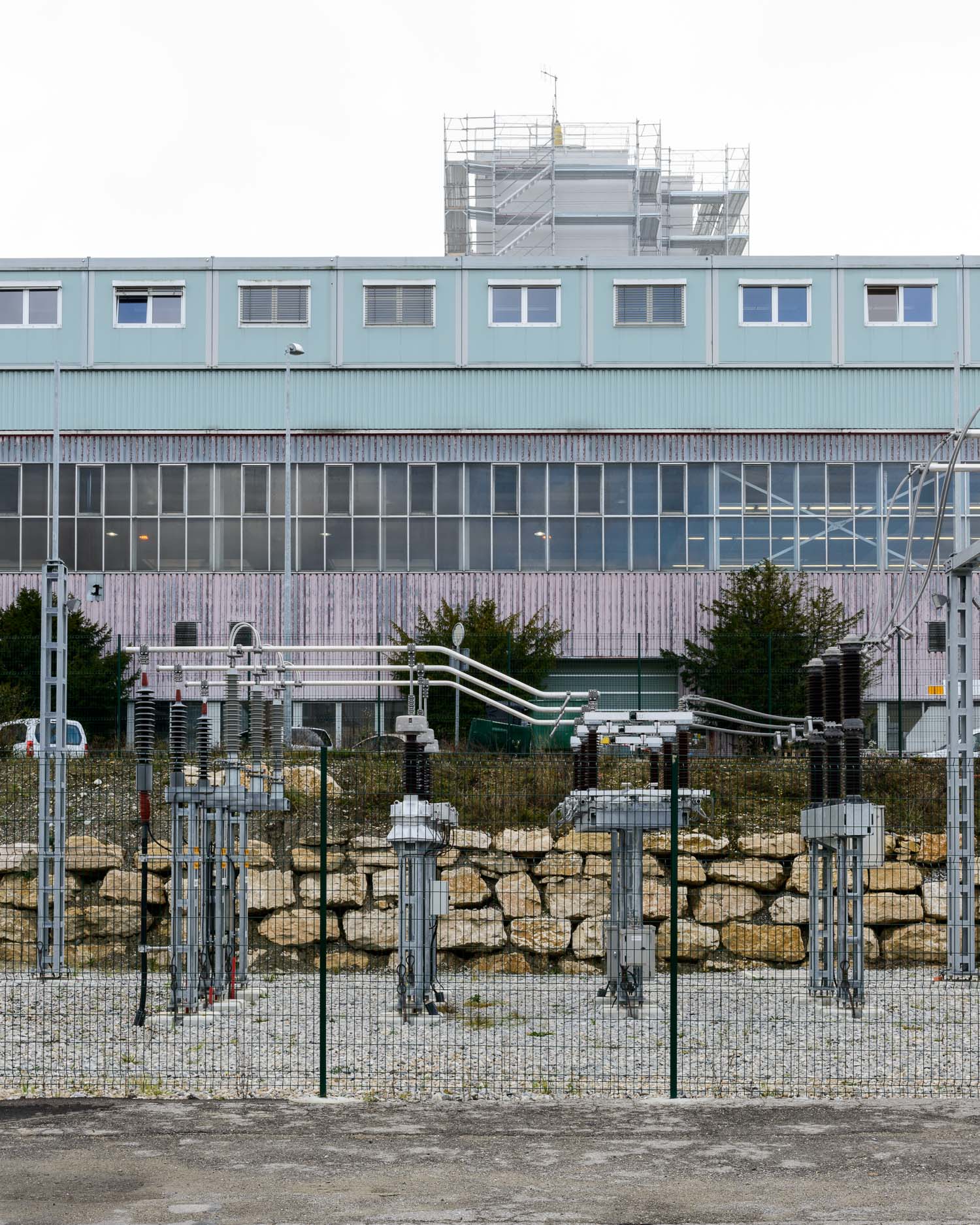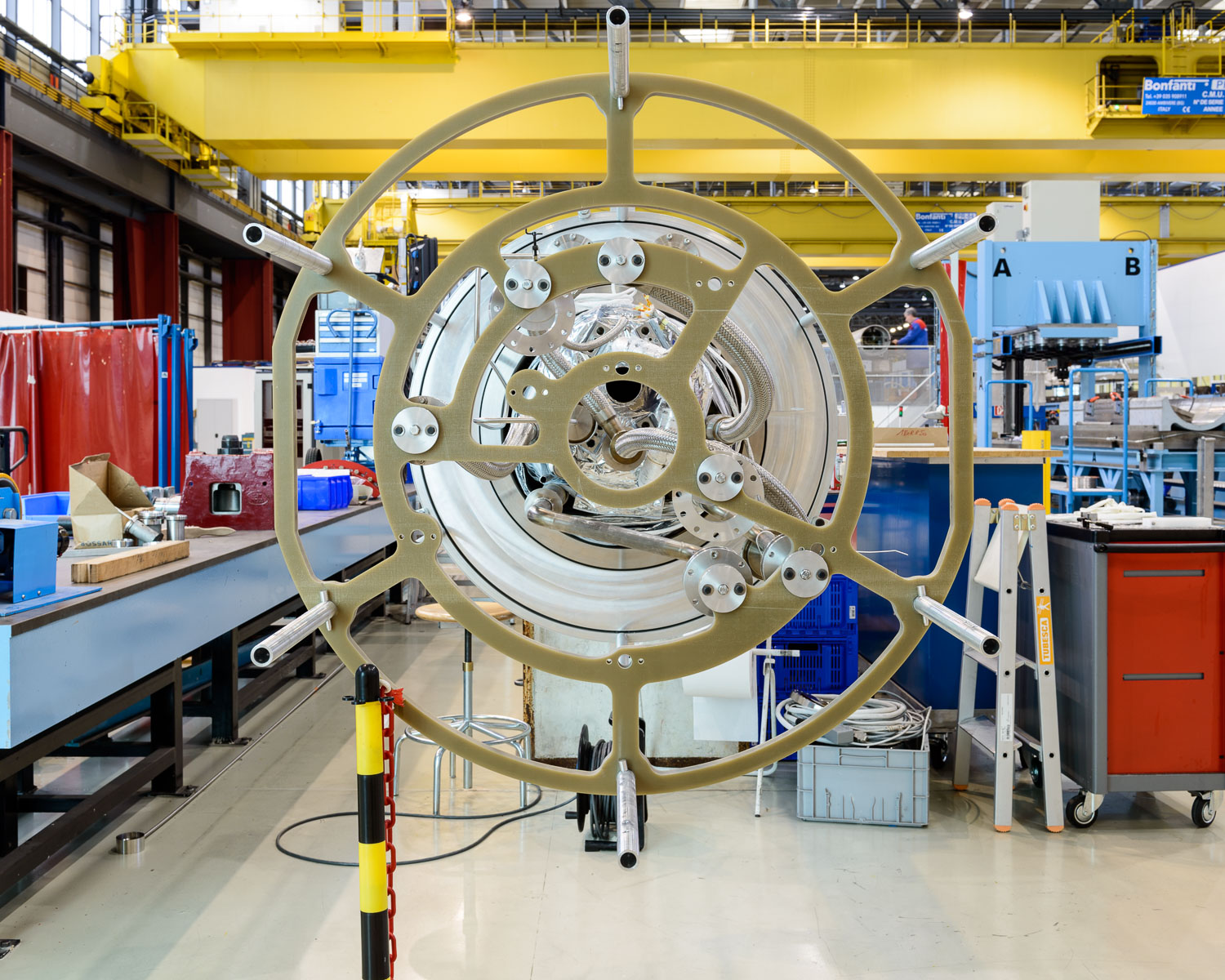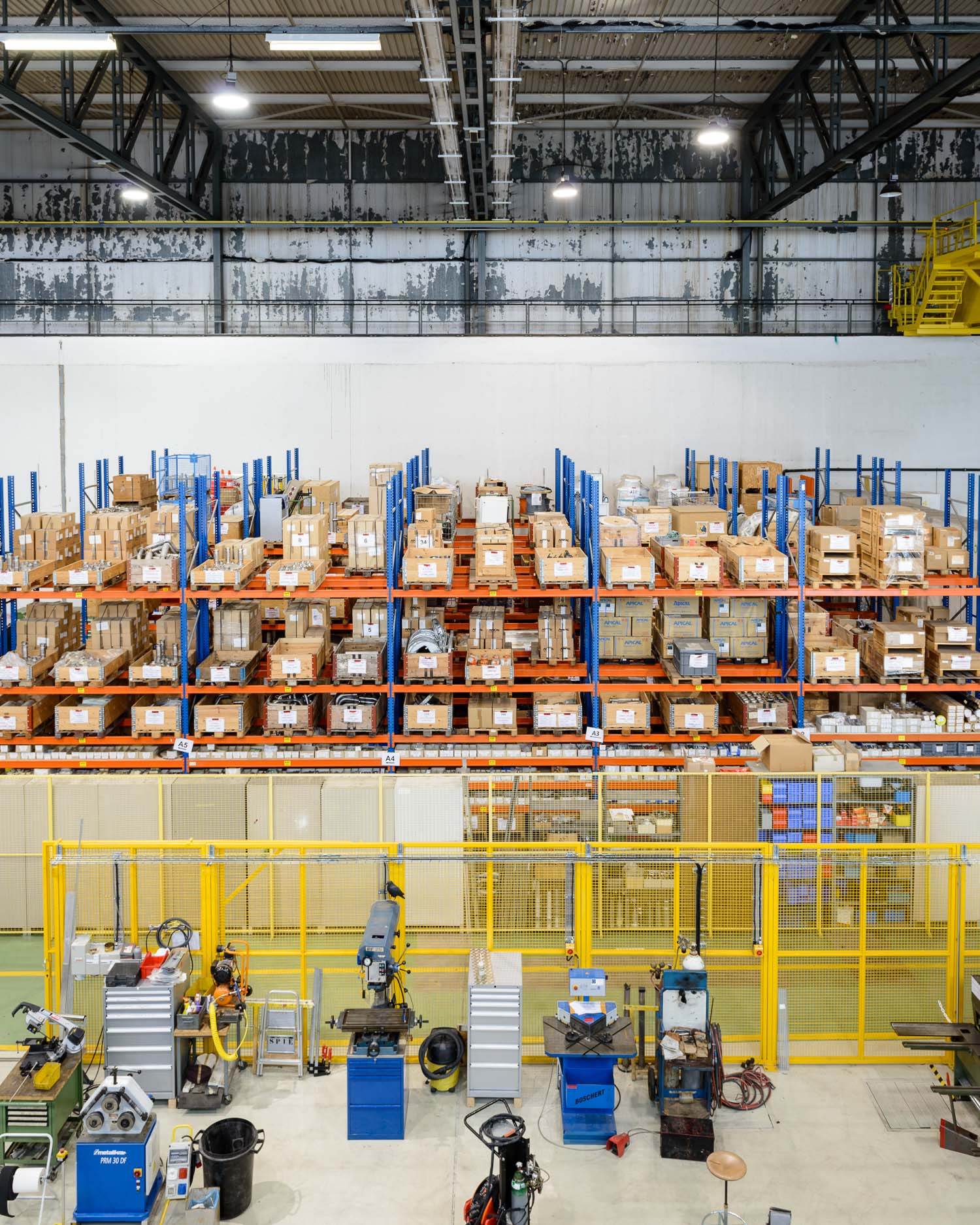Resistive room temperature Sextuple magnet used to polish the extremities of particle beam clouds.
This week the Large Hadron Collider (LHC) at CERN was turned back on after an upgrade that has taken two years to complete. I was recently commissioned by CERN to photograph their Technology Department, specifically the division that is concerned with magnet development and support.
I’m Here Until I Retire
I first visited CERN in 2012, having made my way on bended knee to the press department, begging them to "just let me see anything, seriously, anything.” They were very nice and on my trip I met Glyn Kirby, senior magnet designer at CERN. Glyn has worked at CERN for twenty years, and has been responsible for several of the main magnets in the LHC, designing them from scratch, putting them in the machine and teaching the people that run the machine how to use them. “Next time you want to come, just give me a shout, don’t bother with the press office” he said. “I can show you some cool stuff.” So I took him up on his offer, and two visits later, I’m here on commission for the great institution itself.
Originally from Oxford, Glyn started out in the industrial world working for a company that got a contract to design magnets for CERN. He moved to CERN to continue the work and was offered a lifetime contract to work there when he finished the job. “It’s a very nice place to live, Geneva. So I said yes, and now I’m here until I retire. There are a lot of people that just carry on working at CERN, but I don’t think I’ll be one of them. It could be nice to live somewhere hot."
Upgrades
"We start working on the upgrades to the machines a long way in advance” explains Glyn. "After about 5-7 years, the amount of useful physics that can be tested on a machine starts to run out, so you have to have the new machine, the new technology ready to replace it. Otherwise thousands of physicists and students are sitting around waiting for us to get things started again.” The upgrade that has just been completed, doubling the power of the LHC, was relatively small. “We have changed a huge amount of the electronics in the machine to make it more efficient, and there will be another small one in 2018 where we will change some of the magnets. But the really big upgrade is coming in about 2022, when we will replace several kilometres of the machine." At the moment the Technology Department is working on technology for this upgrade along with a far future upgrade in about 2035, 2040 - it takes a long time to develop the magnets and get them made. They are also working on a proposal for a massive 100km long accelerator, which the LHC will be a pre-accelerator for.
Magnets
The Large Hadron Collider is a 27km underground tube which is filled with protons, travelling close to the speed of light. The protons start off life as hydrogen gas, before an electronic field strips the hydrogen atoms of their electrons to yield protons. The protons are then fed into a series of gradually larger accelerators, speeding them up until they are injected into the LHC. There are actually two of these particle “beams” injected into the LHC, travelling in different directions, and the idea is to get them to travel as fast as possible and create as much mass as possible (a bit of old Einsteins E=MC^2 comes into play here) before smashing the two beams together in a head on collision. When the particles smash together with a huge amount of energy they produce other particles that can be very hard to detect, and that have previously only existed in theory, such as the famous Higgs-Boson that was discovered a couple of years ago.
"The particles that are accelerated around the LHC are guided by magnetic fields” says Glyn. "The size and precision of the machine is limited by the technology of the magnets: the particle field needs to be guided very accurately and positioned to within 50 microns, about the width of a hair. They need to stay in this position throughout the whole 27km journey round the machine, and it’s magnets that hold them in place. The particles are travelling as a small cloud, and as they travel they start to drift apart, so there are special magnets called quadrupoles that re-focus them and bring them together again. Then there are magnets called dipoles that push them round the corners, and there are all sorts of other special magnets that polish the shape of the beam at different stages so it is just how we want it. The particles are given a push by electrical fields called “cavities” at specific points on their journey to keep the momentum going. It’s like pushing a child on a swing, you have to push at the right time - if you push at the right time you will slow it down, if you push at the right time you will speed it up."
You can see my previous visits to CERN here and here.




